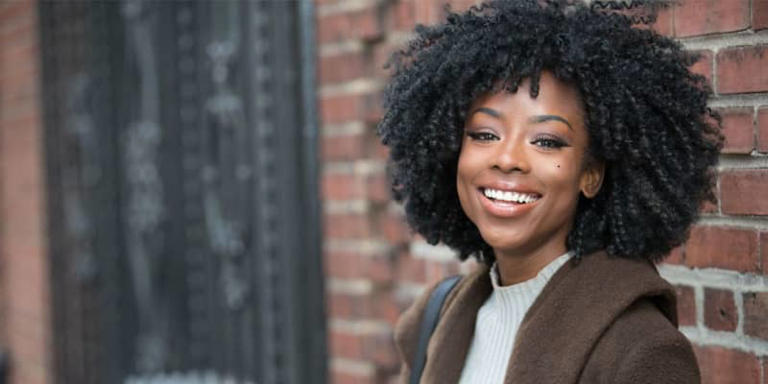INTERSECTIONALITY
New insights into how race impacts sexist attitudes in the United States
A recent study has revealed a nuanced picture of how racism and sexism intersect in shaping attitudes towards Black and White women. Published in the journal Sex Roles, the study found that Black participants generally exhibited higher levels of both hostile and benevolent sexism compared to White participants. Interestingly, the race of the women being considered significantly influenced these attitudes.
The motivation for this study stemmed from a gap in the existing psychological literature, which has primarily focused on general attitudes of sexism, often overlooking how these attitudes might vary when directed towards women of different races. Building on the framework of ambivalent sexism theory, which suggests that sexism can manifest in both overtly negative (hostile) and seemingly positive but patronizing (benevolent) ways, the researchers aimed to explore how these attitudes differed based on the race of both the person holding the attitudes and the women they were directed towards.
“Ambivalent sexism refers to the complementary components of benevolent and hostile sexism,” explained study author Jessica T. Campbell, an assistant research scientist at the Center for Evaluation, Policy, & Research (CEPR) within Indiana University.
“Benevolent sexism views women as largely helpless but pure and moral; hostile sexism views women as controlling and power-hungry. Benevolent sexism is associated with subjectively positive evaluations of women who align with traditional gender roles, while hostile sexism punishes women to maintain male dominance. Both are problematic.”
“There is ample research on ambivalent sexism (e.g., benevolent and hostile sexism) that goes back decades, but there are substantial gaps in that literature,” Campbell said. “Sexism is cross-culturally impactful, so having a more nuanced understanding of how it manifests is essential.”
To investigate these complex dynamics, the researchers recruited a sample of 2,775 participants, including 1,084 White and 1,691 Black American volunteers, through the Project Implicit research website. Participants were randomly assigned to consider either Black women, White women, or women in general while responding to the Ambivalent Sexism Inventory (ASI). This tool measures both hostile sexism (e.g., Women seek to gain power by getting control over men) and benevolent sexism (e.g., Women should be cherished and protected by men).
The researchers found that Black participants reported higher levels of both hostile and benevolent sexism compared to their White counterparts. When it came to hostile sexism, both Black and White participants displayed higher levels when thinking about women of the other race, indicating a potential outgroup bias. For example, Black participants reported higher levels of hostile sexism towards White women, while White participants indicated higher levels towards Black women.
Benevolent sexism showed a different pattern. Participants, irrespective of their race, reported higher levels of benevolent sexism towards Black women compared to White women or women in general. This trend suggests a form of Eurocentric bias, where benevolent sexism might cater more to the traditional stereotypes surrounding White women.
Interestingly, the study did not find a significant interaction between the race of the perceiver and the race of the target woman in the case of benevolent sexism, a contrast to the findings for hostile sexism. This could indicate different underlying dynamics driving the two forms of sexism.
“In the current, high-powered study, Black women were the recipients of higher levels of benevolent sexism from all perceivers (participants making sexist judgments), and higher levels of hostile sexism from White perceivers,” Campbell told PsyPost.
“Additionally, Black participants reported higher levels of benevolent and hostile sexism overall compared to White people. Additional support should be directed toward Black women to help mitigate the impact of ambivalent sexism in the workplace, in personal relationships, and in social justice movements (e.g., by centering Black women’s voices, experiences, and needs).”
The study, while insightful, is not without limitations. Its reliance on self-reported data and its focus on U.S. American participants mean that the findings may not be universally applicable across different cultural contexts or to other racial or ethnic groups. The researchers suggest that future studies could explore sexist attitudes towards women from other racial and ethnic identities and in different cultural contexts.
“We cannot generalize these findings to other races or ethnicities, nor can we generalize them to spaces beyond the USA.”
The study, “The Influence of Perceiver and Target Race in Hostile and Benevolent Sexist Attitudes“, was authored by Jessica T. Campbell, Sa‑kiera Tiarra Jolynn Hudson, and Kate A. Ratliff.

No comments:
Post a Comment